 I do everything big—guns, smokes, uh, pockets. Acting, of course. Everything is over the top. 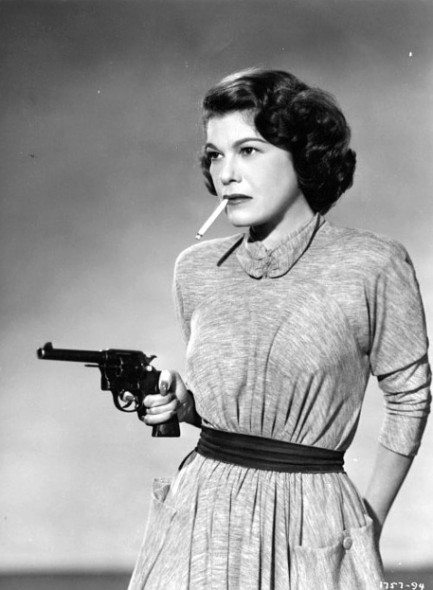
Above: a cool shot of Betty Lou Gerson, made when she was starring in the 1949 anti-communist scare flick The Red Menace. We talked about it many years ago. Shorter version: the real menace was toward the filmgoers. Gerson, who is known today for narrating the Disney film Cinderella and voicing Cruella de Vil in One Hundred and One Dalmatians, did most of her acting on television, appearing on such shows as Gang Busters and Adventures of the Falcon. Looking at the above image, we actually aren't sure whether the gun was big, or Betty Lou was small, but either way, it makes her look pretty menacing.
 I can’t wait until I can afford a good pair of high heels—then when I walk all over these chumps it’ll actually hurt them. 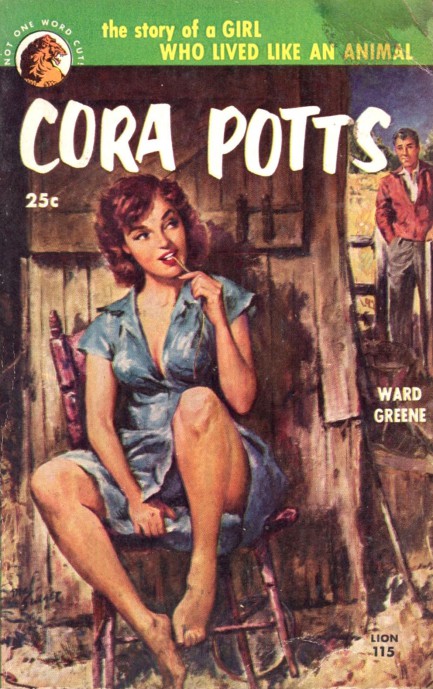
Above is the cover for the 1952 Lion Library paperback edition of Ward Greene’s Cora Potts, which was originally published in 1929 as Cora Potts: A Pilgrim’s Progress. An illiterate country girl robs her father’s store, runs away barefooted to the big city, eventually commits murder, and ends up a respectable, nouveau riche society wife. Greene was saying that the U.S. was a country that rewarded greed and ruthlessness, while respect for the rules was peddled to the lower classes to keep them in line. Some critics found this formulation unpalatable, and many thought the part where Potts burns through $100,000 in one year was just impossible. As that’s only about $1.3 million in today’s money we find their protests bizarre, but in any case Greene had based his character on an actual femme fatale with the amazing name of Kitty Queen. Catherine Queen, as she had been born, indeed progressed from barefoot Georgia bumpkin to bejeweled society dame. She became public knowledge briefly in 1929 when her dupe of a husband, a prominent banker, was nabbed for embezzlement and the facts of his lavish expenditures on Queen came out at trial. How much had he spent on her in a year? $147,000. And like Cora Potts’ hapless first husband, Queen’s husband still loved her, wrote heartrending letters from prison, and sent her the few meager dollars he still collected via various means. And yet Queen never visited him once, same as Potts never visits her imprisoned spouse. The Manhattan critics who doubted the novel's verisimilitude knew nothing about Kitty Queen, but Greene had lived and worked in Atlanta and down there her story had been big news. 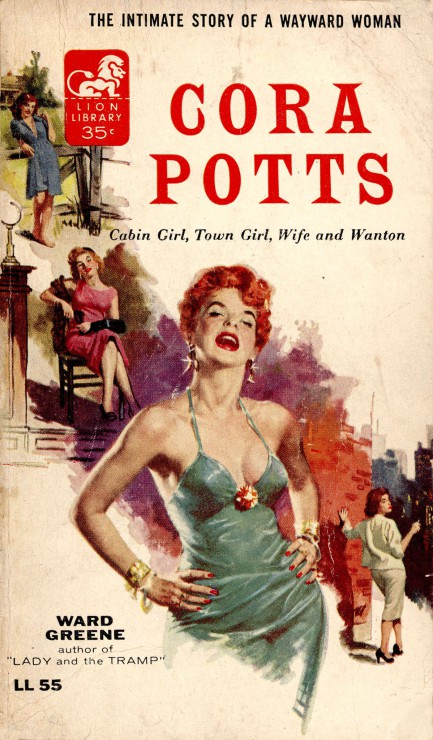 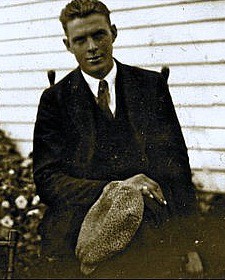 The cover at top is by Mal Singer, and the art from Lion’s 1955 re-issue at right was painted by Robert Maguire. Greene’s book is surprisingly obscure today, but its general message that in a corrupt society vice is virtue resonates more than ever. His genius was also in having a female character behave in a way typically ascribed to successful men, and having her go unpunished for breaking both the rule of law and of gender. Greene touched on similar themes more than once, but also wrote upbeat material. One of those pieces was a short story called, “Happy Dan, the Whistling Dog,” which appeared in Cosmopolitan and became a primary inspiration for one of the most beloved screen romances of all time—the animated feature Lady and the Tramp. The cover at top is by Mal Singer, and the art from Lion’s 1955 re-issue at right was painted by Robert Maguire. Greene’s book is surprisingly obscure today, but its general message that in a corrupt society vice is virtue resonates more than ever. His genius was also in having a female character behave in a way typically ascribed to successful men, and having her go unpunished for breaking both the rule of law and of gender. Greene touched on similar themes more than once, but also wrote upbeat material. One of those pieces was a short story called, “Happy Dan, the Whistling Dog,” which appeared in Cosmopolitan and became a primary inspiration for one of the most beloved screen romances of all time—the animated feature Lady and the Tramp. And just to dig as deeply into this subject as we can, there is some confusion online about when Greene wrote that dog story. Nearly every website says 1943, but then again nearly every website copies from other websites. A couple of sources say the story is from 1924, while a French page says 1937. We don’t know when he wrote it, but we’re inclined to believe the 1924 date. Greene was already in his mid-thirties by then, and had been writing for Cosmo since at least 1923, publishing a piece on F. Scott Fitzgerald that year. We think Walt Disney probably read the Happy Dan story in 1943 in an old Cosmo, and at that point contacted the now respected literary figure Greene about buying the property and adapting it. But we don’t know for sure. Someone in the real world of actual libraries with actual paper info will have to sort this one out.
 Better dead than red. 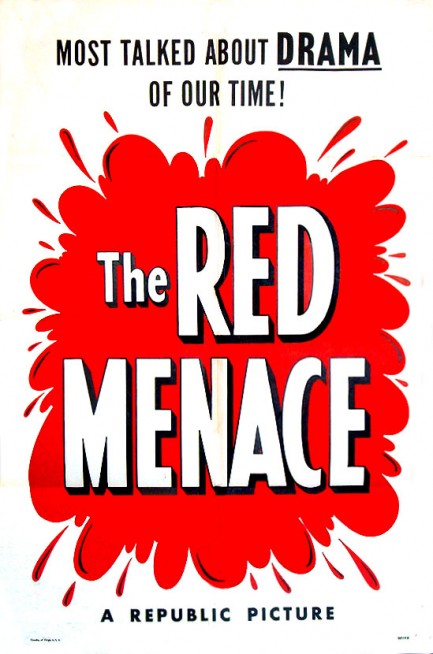
Above: a rare poster for the Republic Pictures drama The Red Menace, which as you might guess was a cheeseball propaganda film designed to instill terror into Americans about communism’s plans for global domination. You get plenty of subterfuge here, along with lots of betrayals and a few brutal beatdowns, and one of the commies—Betty Lou Gerson—would later portray purest evil by voicing Cruella de Vil in Disney’s One Hundred and One Dalmatians. Ironically, when The Red Menace premiered the U.S. government was entering into a period during which it would sponsor numerous anti-democratic coups in Latin America, Asia, and the Middle East. This was unknown to most Americans, but it’s debatable whether they would have been concerned. The years immediately following World War II marked a rising anti-communist wave in the U.S., a movement that would create fertile conditions for the political stardom of witch hunting senator Joseph McCarthy. He would flame out within a decade, but at the beginning of his crusade he had substantial public support. For its part, Republic Pictures was interested more in profit than propaganda, and Menace was rush-released to take advantage of the public mood. The haste showed—the movie was spectacularly, hilariously bad, and is considered today by many to be the Reefer Madness of anti-communist films. It premiered today in 1949.
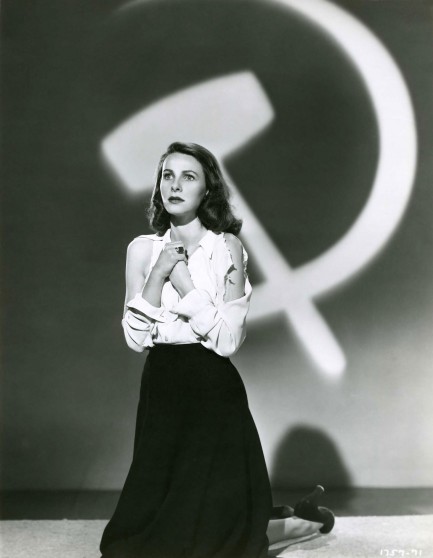 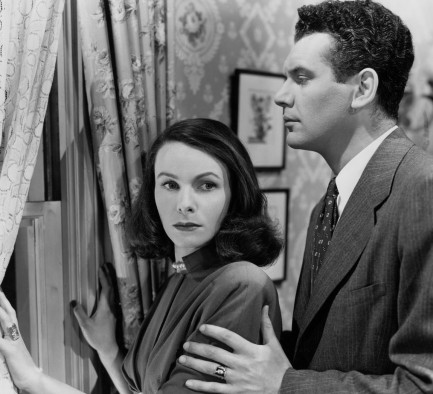 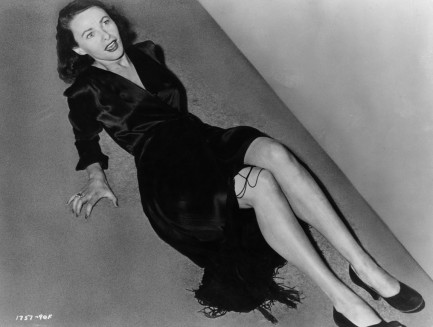 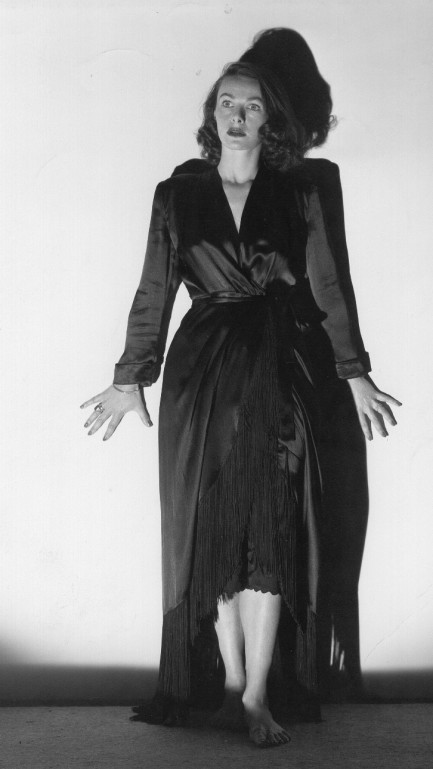
 It’s the oldest game in Hollywood—show a little skin and score free publicity worth millions.  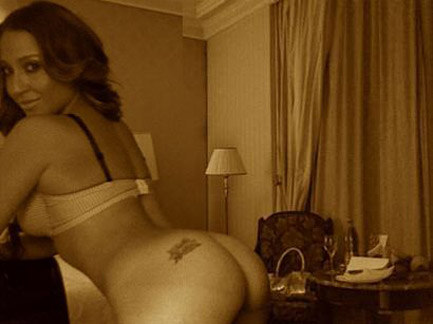 
American actress Adrienne Bailon, of Disney’s prefab musical group the Cheetah Girls, claims her laptop computer was stolen and photos on the drive intended for her boyfriend Robert Kardashian were made public without her knowledge. The shots show virtually nothing, as you can see yourself, and don’t seem the sort of pix a lustful boyfriend would snap. There’s an axiom in this business: if the nudity isn’t fully revealing the photos ain’t legit. Ever since Cecilia Cheung’s sex pix got out, our standards have risen—and our requirements too. But clumsy publicity stunts date back to the earliest days of Hollywood, which means we can post Adrienne’s photos without feeling duped, because fake or not, they’re pulp. Ass for Ms. Bailon, we’ll just say fame is the most addictive drug of all, and we are never surprised what people will do to attain more.
|
 |

The headlines that mattered yesteryear.
2003—Hope Dies
Film legend Bob Hope dies of pneumonia two months after celebrating his 100th birthday. 1945—Churchill Given the Sack
In spite of admiring Winston Churchill as a great wartime leader, Britons elect
Clement Attlee the nation's new prime minister in a sweeping victory for the Labour Party over the Conservatives. 1952—Evita Peron Dies
Eva Duarte de Peron, aka Evita, wife of the president of the Argentine Republic, dies from cancer at age 33. Evita had brought the working classes into a position of political power never witnessed before, but was hated by the nation's powerful military class. She is lain to rest in Milan, Italy in a secret grave under a nun's name, but is eventually returned to Argentina for reburial beside her husband in 1974. 1943—Mussolini Calls It Quits
Italian dictator Benito Mussolini steps down as head of the armed forces and the government. It soon becomes clear that Il Duce did not relinquish power voluntarily, but was forced to resign after former Fascist colleagues turned against him. He is later installed by Germany as leader of the Italian Social Republic in the north of the country, but is killed by partisans in 1945.
|

|
|

It's easy. We have an uploader that makes it a snap. Use it to submit your art, text, header, and subhead. Your post can be funny, serious, or anything in between, as long as it's vintage pulp. You'll get a byline and experience the fleeting pride of free authorship. We'll edit your post for typos, but the rest is up to you. Click here to give us your best shot.

|
|





 The cover at top is by Mal Singer, and the art from Lion’s 1955 re-issue at right was painted by Robert Maguire. Greene’s book is surprisingly obscure today, but its general message that in a corrupt society vice is virtue resonates more than ever. His genius was also in having a female character behave in a way typically ascribed to successful men, and having her go unpunished for breaking both the rule of law and of gender. Greene touched on similar themes more than once, but also wrote upbeat material. One of those pieces was a short story called, “Happy Dan, the Whistling Dog,” which appeared in Cosmopolitan and became a primary inspiration for one of the most beloved screen romances of all time—the animated feature Lady and the Tramp.
The cover at top is by Mal Singer, and the art from Lion’s 1955 re-issue at right was painted by Robert Maguire. Greene’s book is surprisingly obscure today, but its general message that in a corrupt society vice is virtue resonates more than ever. His genius was also in having a female character behave in a way typically ascribed to successful men, and having her go unpunished for breaking both the rule of law and of gender. Greene touched on similar themes more than once, but also wrote upbeat material. One of those pieces was a short story called, “Happy Dan, the Whistling Dog,” which appeared in Cosmopolitan and became a primary inspiration for one of the most beloved screen romances of all time—the animated feature Lady and the Tramp.













































































